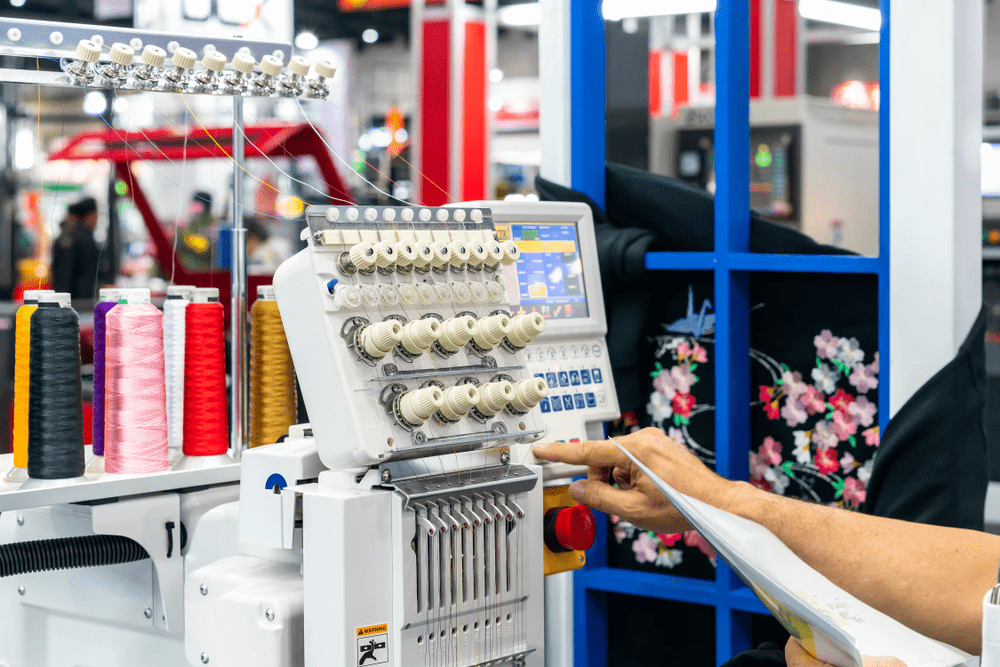- Home
- Blogs
- FabCouture
- Cotton and Cotton Blend Fabrics Exploring Textile Innovations
- Cotton and C...
Cotton and Cotton Blend Fabrics Exploring Textile Innovations
- By FabCouture
- • Oct 06, 2024

In the ever-evolving world of textiles, few materials have stood the test of time quite like cotton. For centuries, this natural fiber has clothed humanity, offering comfort, breathability, and versatility. However, as technology advances and consumer needs diversify, we find ourselves at a crossroads: should we stick with traditional cotton fabrics, or embrace the innovative world of cotton blends?
The Timeless Appeal of Pure Cotton
Cotton fabrics have been a staple in wardrobes across the globe for good reason. Known for its softness, breathability, and hypoallergenic properties, cotton offers a natural comfort that's hard to beat. Whether it's a crisp button-down shirt, a cozy t-shirt, or a pair of lived-in jeans, cotton has a way of molding to our bodies and lifestyles.

One of the most cherished qualities of cotton is its ability to absorb moisture, making it an excellent choice for hot and humid climates. This natural fiber allows your skin to breathe, reducing the likelihood of sweat-related skin irritations. Moreover, cotton's durability means that with proper care, your favorite cotton garments can last for years, developing a personalized worn-in feel that many find irreplaceable.
The versatility of cotton extends beyond everyday wear. Embroidered cotton fabrics have long been a favorite in the world of home décor and special occasion clothing. The natural fibers provide an excellent base for intricate needlework, allowing artisans to create everything from delicately embroidered handkerchiefs to elaborate tapestries. The ability of cotton to hold dyes well also means that these embroidered pieces can feature a wide array of vibrant colors, adding depth and character to the final product.
The Rise of Cotton Blend Fabrics
While pure cotton has its undeniable charms, the textile industry hasn't rested on its laurels. Enter cotton blend fabrics – innovative textiles that aim to combine the best qualities of cotton with the performance-enhancing properties of other fibers.
Cotton blends typically mix cotton with synthetic fibers like polyester, nylon, or spandex. Each blend ratio offers different benefits:
- Cotton-Polyester Blends: These are perhaps the most common, offering increased durability and wrinkle resistance. A typical blend might be 60% cotton and 40% polyester, providing a good balance of comfort and easy care.
- Cotton-Spandex Blends: Adding just a small percentage of spandex (usually around 2-5%) can give cotton fabrics a stretch factor, making them ideal for form-fitting garments or activewear.
- Cotton-Nylon Blends: This combination enhances the strength and abrasion resistance of the fabric, making it suitable for heavy-duty applications like outdoor gear.
The advantages of cotton blend fabrics are numerous. They often require less ironing, hold their shape better, and can be more resistant to shrinkage and fading. For those with busy lifestyles, these low-maintenance qualities can be a significant draw.
The Environmental Equation
In recent years, the environmental impact of our clothing choices has come under scrutiny. Pure cotton, while natural, requires significant water resources to grow and process. Moreover, conventional cotton farming often involves the use of pesticides and herbicides, raising ecological concerns.

Cotton blend fabrics present a complex picture in this regard. On one hand, the inclusion of synthetic fibers means introducing non-biodegradable elements into the textile. On the other hand, the increased durability of these blends could lead to longer-lasting garments, potentially reducing overall consumption.
The textile industry is responding to these challenges with innovations like organic cotton and recycled polyester. These developments allow for cotton blend fabrics that maintain their performance benefits while reducing environmental impact.
Choosing the Right Fabric for You
So, how do you decide between pure cotton and cotton blends? The answer lies in understanding your specific needs:
- Comfort Priority: If your primary concern is breathability and natural feel against the skin, pure cotton might be your best bet. This is especially true for those with sensitive skin or in hot climates.
- Easy Care: If you're looking for garments that require minimal ironing and maintain their shape well, cotton blends could be the way to go.
- Activewear: For sports and high-movement activities, cotton blends with stretch properties offer the comfort of cotton with the performance of synthetic fibers.
- Special Occasions: Embroidered cotton fabrics continue to reign supreme for elegant, detailed work in both clothing and home décor.
- Durability: If you need something that can withstand frequent washing and wear, certain cotton blends can offer enhanced longevity.
The Future of Fabric
As we look to the future, the line between natural and synthetic fabrics continues to blur. Innovations in textile engineering are producing cotton blend fabrics that mimic the feel of pure cotton while offering enhanced performance. Meanwhile, advancements in cotton farming and processing are making pure cotton more sustainable and higher-performing.

The key for consumers and manufacturers alike is to stay informed about these developments. Understanding the properties of different fabrics allows us to make choices that align with our values, whether they prioritize tradition, innovation, comfort, or sustainability.
In conclusion, whether you choose pure cotton fabrics or opt for cotton blend fabrics, each has its place in the modern wardrobe. By appreciating the unique qualities of both, we can make informed decisions that balance comfort, performance, and environmental consciousness. After all, in the world of textiles, there's room for both the timeless purity of cotton and the engineered performance of innovative blends.
Leave a Comment
Blogs
Popular Posts
Newletter
Thanks for subscribe.

Fabcouture is an online fabric store to satisfy all your couture fabrics cravings for fabric connoisseurs. We delight in the fact that we source...
0 Comment